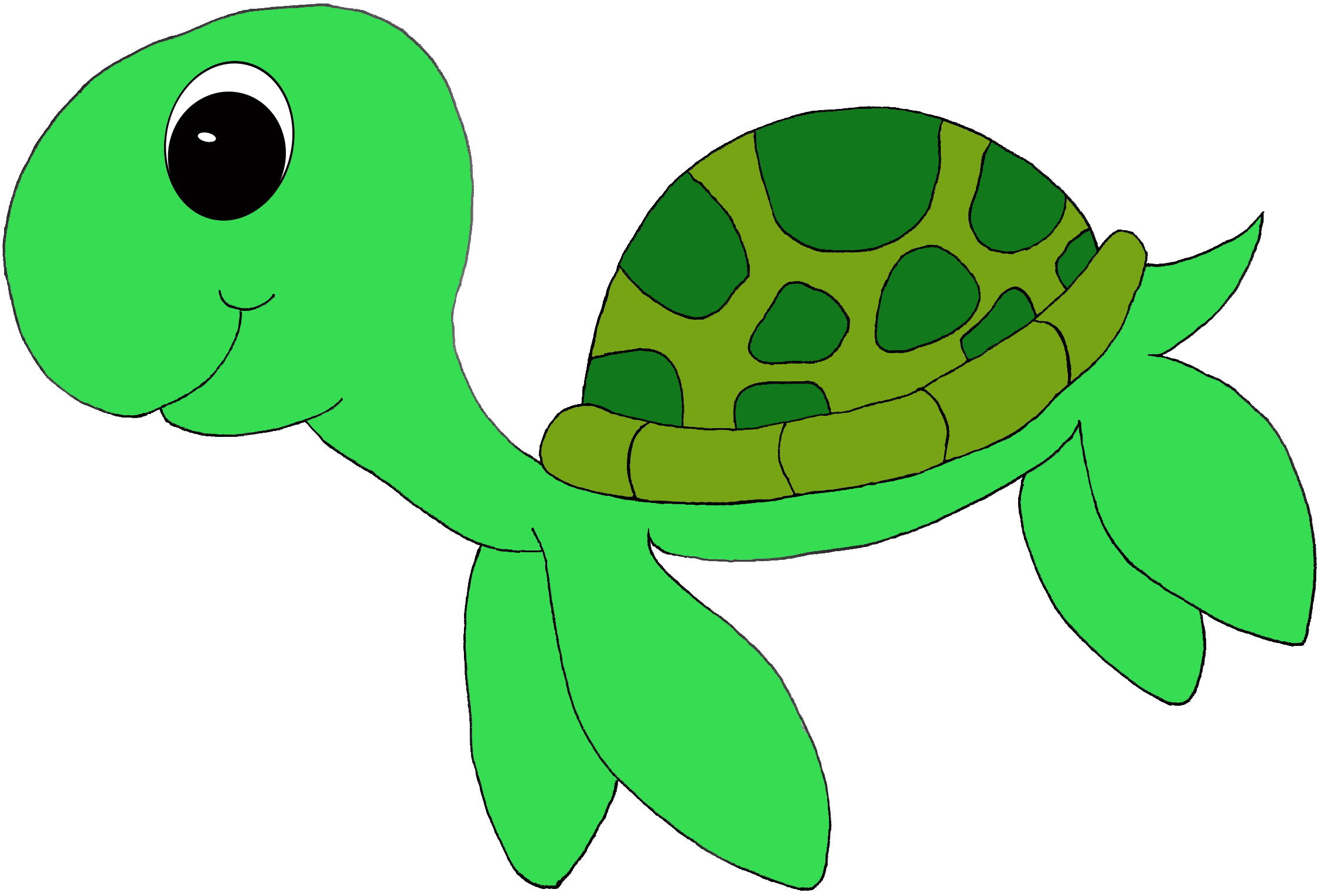
Swimming into Summarization with Sea Turtles
Reading to Learn Design
Ashley Rella
Rationale: The goal of this lesson is to help children comprehend texts and learn from what they are reading. Being able to understand text is the ultimate goal of reading. Throughout this lesson, we will use research from educational experiences to teach how to better comprehend. This lesson will teach reading comprehension by allowing students to retain information that they are reading by highlighting, asking questions, and giving summaries. The point of summarization is to choose the main ideas of the story and present them in a manner that magnifies the whole text. Students will learn about summaries and how to use them. Students should be able to understand text as well as its meaning, in light of its context.
Materials
Paper for writing
Pencil to write their summaries
Highlighter for each student so they can highlight articles
Bookmark that has summarization rules
Articles to read for each student
Quiz for each student
Rubrics for summary guidelines
Dictionary for students to look up unfamiliar words
Procedures:
Say: Good afternoon class! Today we are going to learn how to summarize. Summarizing means picking out the most important parts and information of a story, book, or article and explaining it to someone. We can’t share every single detail of a story with someone, so that’s why we choose pieces of information that are very important to the story. Today, we are going to practice summarizing articles. Everyone will read two different articles and then you will each write a sentence, explaining/describing what that article is about.
Say: Before we start reading, I am going to pass around a bookmark that shares the four secrets to summarization on it. Let’s read the four secrets together. 1) Delete unimportant information, 2) highlight important information, 3) ignore small details, 4) superordinate and form a topic sentence. Make sure you keep track of your bookmark because these secrets are key to good summarization.
Say: The article that we are going to read today is about sea turtles! Pass out the article to every student. Has anyone heard of a sea turtle? Wait for responses. Well today we are going to learn all about them! As you are reading, remember to use your bookmark to use the secrets to summarization. After you finish reading the whole article, I want you to write a one or two sentence summary of this article. Should our summary be longer than the article itself? Wait for responses. No, it shouldn’t.
When students finish reading and writing their summaries say: Class, I am going to read a paragraph of the article out loud and then we are going to try to figure out the most important part of the paragraph and create a few summary sentences, based on what you all think.
Say: Now that we have read one paragraph of this article, I want you all to finish the article on your own. We will then talk about the most important parts of this article. Once we have discussed some important parts of this article, we will use our class summaries to create a topic sentence. Some questions we need to ask ourselves are: What is this article about? What is the main idea of this article? What happens in this article?
Say: Now what do we do if there is a word that we do not understand in the text? For example, in the article about sea turtles, I might not understand the word clutch. I would ask myself: What do I think this word means? Does it have something to do with the ocean? What does this word have to do with a sea turtle? I would then look up the word in the dictionary. This would help me figure out that the word means a group of sea turtle eggs. Now I would need to use this word in a sentence. Here is my sentence I want each of you to complete: There were 110 eggs found in the sea turtle _______ (clutch). Now I want each of you to write a sentence using this word correctly. I will walk around the room and check their sentences to see if they used the word correctly. Can anyone give me an example? Wait for responses. Great! It is important to recognize that this word is a crucial piece of the article and that it would not make as much sense without it.
I am going to pass out another article about sea turtles and I want everyone to read it and highlight important information with your highlighter. After you have read the article, try to come up with a topic sentence.
I will walk around the room and see how everyone is doing. Say- Everyone’s sentences are looking great! Let’s remind ourselves we have to pick out the important details to back up our main idea while we read. Once this is done, everyone should have the information to write a summary.
Say: When everyone has completed the task, please bring me your two summaries. I will then review their work and check over each student’s summaries.
Checklist:
Name:______________
Identified what the article was about- Yes/No
Identified the point the author was trying to make- Yes/No
Deleted significant information- Yes/No
After the assessment regarding their summaries, I will then ask students to answer the following questions about the texts. This will allow me to check their comprehension and understanding of the texts
Comprehension Questions for “Sea Turtles” article
Where are sea turtles found?
What is the purpose of a sea turtle's shell?
How many eggs can see turtles lay?
What do sea turtles eat?
References
Sea Turtle Article
https://www.readinga-z.com/books/leveled-books/book/?id=153&langId=4
Meredith Bodie “Swimming into Summarization with Sea Mammals”
https://mlb0133.wixsite.com/ctrd3000/reading-to-learn
Sea Turtle Clipart Picture